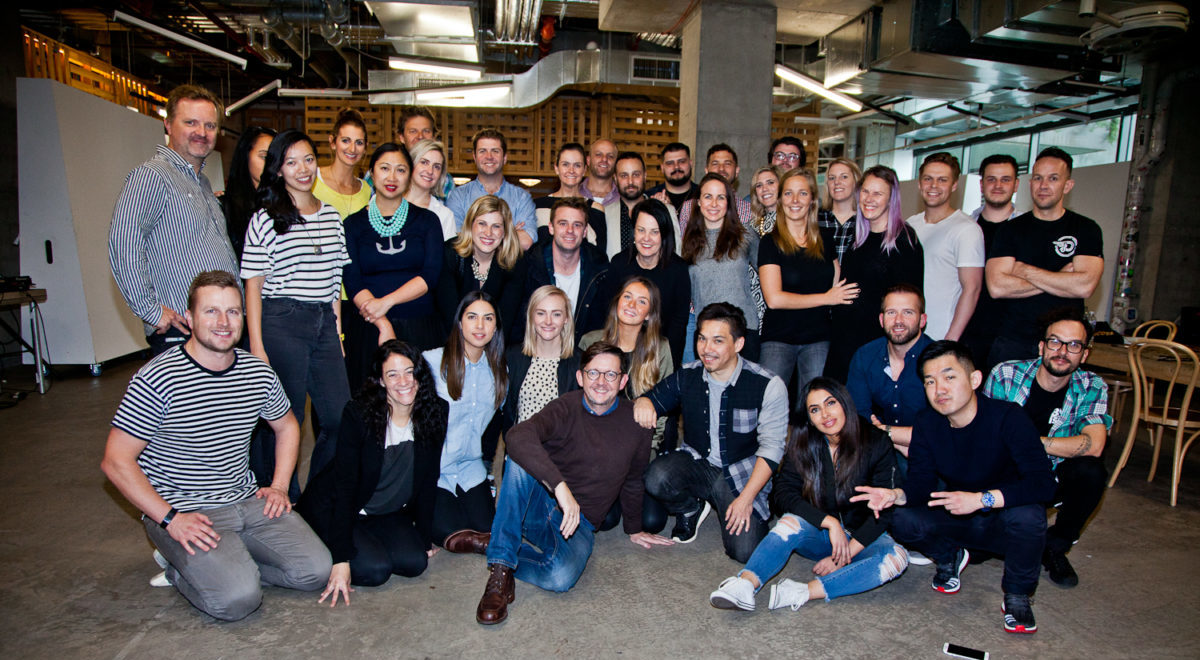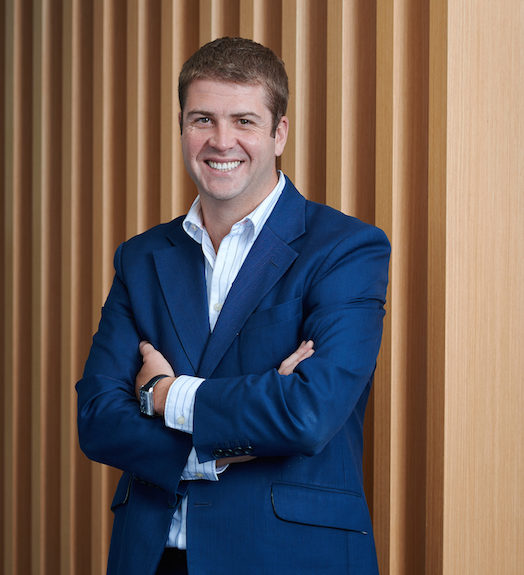Pandora eager to be heard down under

The streaming music service is making its presence known
The journey for Pandora in Australia is only just getting started. In the US, Pandora has established a much stronger footprint than it has here, but recent marketing initiatives and newly established partnership announcements are certain to have an impact.
Pandora’s inaugural Australian Pandora Warehouse event this month is a music festival for 1,000 Pandora fans. On the lineup: Seth Sentry, Ladyhawke, Nicole Millar, The Griswolds, and Ecca Vandal.
In addition, Pandora has also announced a partnership with Woolworths to provide branded music experiences to its stores nationwide.
“Every single song that comes into Pandora is looked at by our musicologists”
The profile of Pandora, it is safe to say, is on the rise. But, the effort to increase Pandora’s reach in Australia comes at a time of fierce competition with streaming music services like Spotify, SoundCloud, Apple Music, and iHeartRadio each trying to build an audience of loyal users. What can the company do to distinguish itself in the market?
Australia commercial director Chris Freel believes that Pandora has a leg up thanks to its market-leading discovery features. The streaming service is built on an early-era research effort, the Music Genome Project. The project, run in the early 2000s, asked users to offer their thoughts and feelings on music samples with specific musical traits. Based off that research, the results reveal how people respond and engage with different types of music. This data is now used for Pandora’s discovery functionality to recommend other songs that the listener will likely enjoy.
The Genome Project began with co-founder Tim Westergren, who saw the bigger picture and knew that a streaming music service would need a strong recommendation engine behind it.
“Tim is a musician. He’s a journeyman musician, a pianist, composed lyrics. He wanted to create a platform where artists could come and share their music and get paid for that music – where listeners could come and listen to all kinds of music for free. That started him off on the journey of Pandora,” Freel told Mediaweek.
“Building a team of musicians and some scientific algorithmic professionals to build out the genome… it took five years to build this potent force, with a unique proposition which was a combination of the human element and the science element. Every single song that comes into Pandora is looked at by our musicologists. They look at each song for up to 450 traits of that song – tone, pitch, vocals, backing vocals, rhythm, beat, flow, all of these different elements – and grade it on a scale of 1-10.
“A lot of what we do is around discovery. The experience that you’re having is curated by Pandora, based on the seeds that you plant and based on what we learn about you as you go along your Pandora journey. It’s a much easier lean-back consumer experience. If you look at Apple and Spotify, their core products are on-demand products, more targeted on the listeners who want to go in and curate their own session,” Freel said.
One of the barriers preventing Australians from fully embracing streaming music has been the low data allowances that telcos have traditionally offered. Recently data allowances have increased, along with some services now offering quota-free streaming for select services. Recently Optus announced that Pandora, Spotify, iHeartRadio, and Netflix would all be quota-free on their network, depending on users’ plans.
“[Optus] breaking down that barrier is going to speed up the growth of streaming,” Freel agreed. “28% of Australians stream music every month. If you look at the people under 30, it’s more than 50%. If you look at Pandora, they’re listening 2.5 hours a day.
“I was talking to Andrea [Ingham] from Spotify yesterday and we’re seeing the shift quickly with consumers moving into the streaming space. In some ways, it’s to the detriment of radio. Radio has held pretty firm, but we’re starting to see signs where that traditional radio space where people were radio-only listeners is diminishing. If you look at the audio market of Australia, it’s about 13.7 million people a month. Now 10% of those people are streaming-only. Advertisers are starting to ask the question: ‘My audience is moving. Therefore what should I be doing in that space?’ Pandora and Spotify are now both advising, ‘You should be trialling 10-20% of your budget, depending on age bracket, in the streaming space.’”
While not a splashy development, Pandora will increase its reach dramatically with the announcement that they will provide the in-store music for Woolworths supermarkets across the county.
Freel explained: “We work really closely with individual store owners to create the sound of each store. The sound of Parramatta will be different from the sound of Bondi from the sound of Balmain. There may be some similarities, but the reality is that we break things down into dayparts for each store and the opportunity is there to work with store owners to personalise that. It’s down to Woolworths to work with us on what sound they want to create. What we’ve seen initially is a lot of that is demographic-based. The sound of BWS would be very different from the sound of Woolworths as well.”
